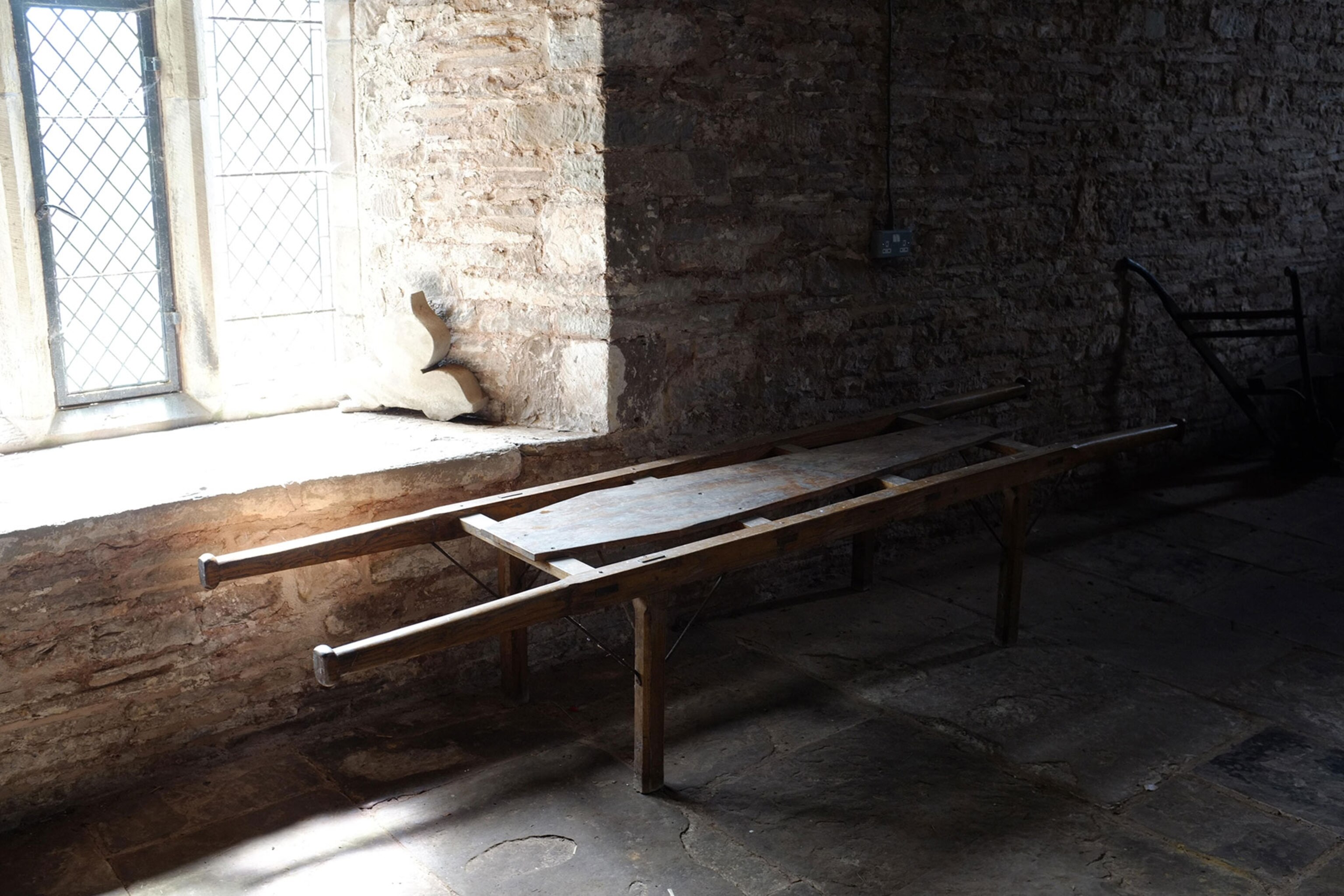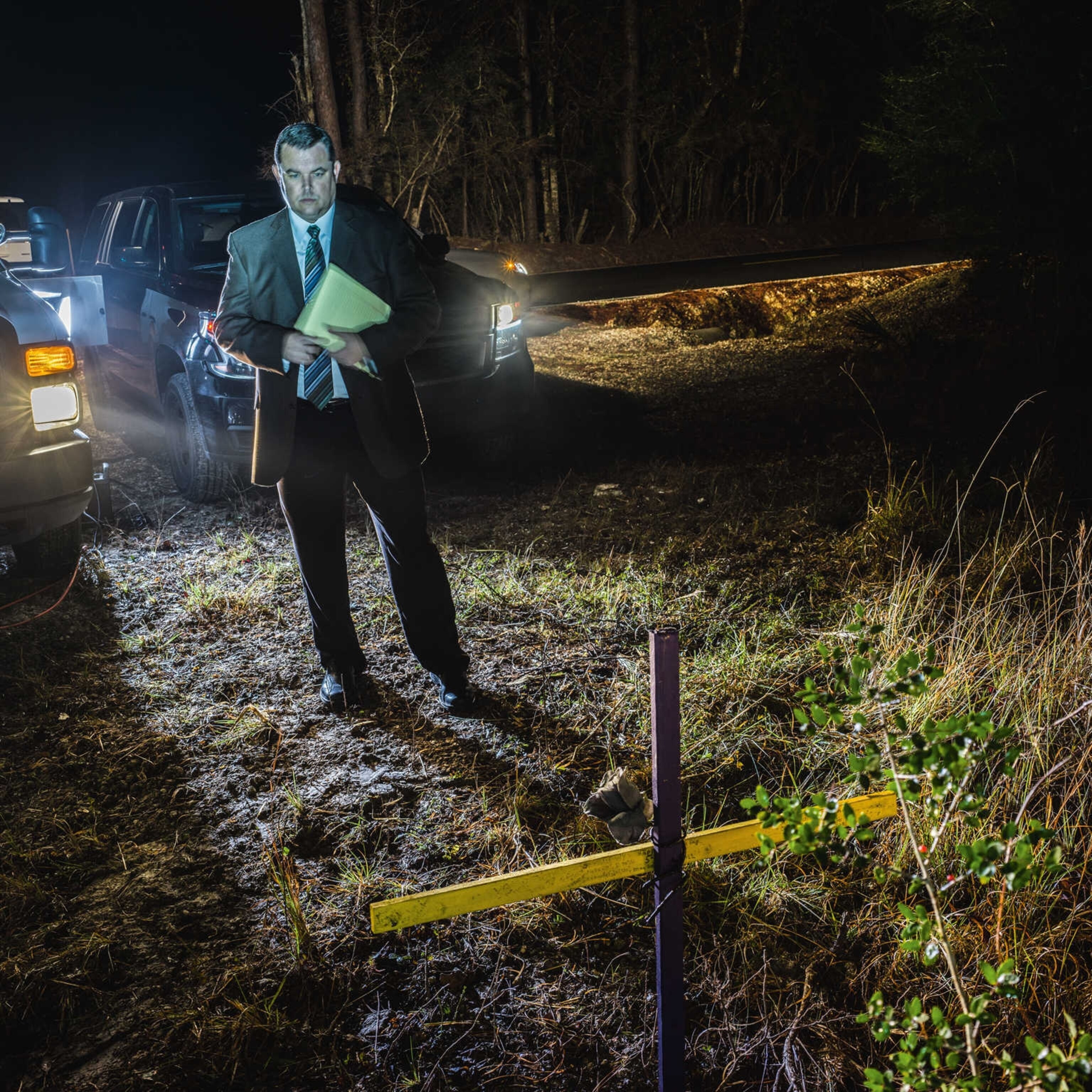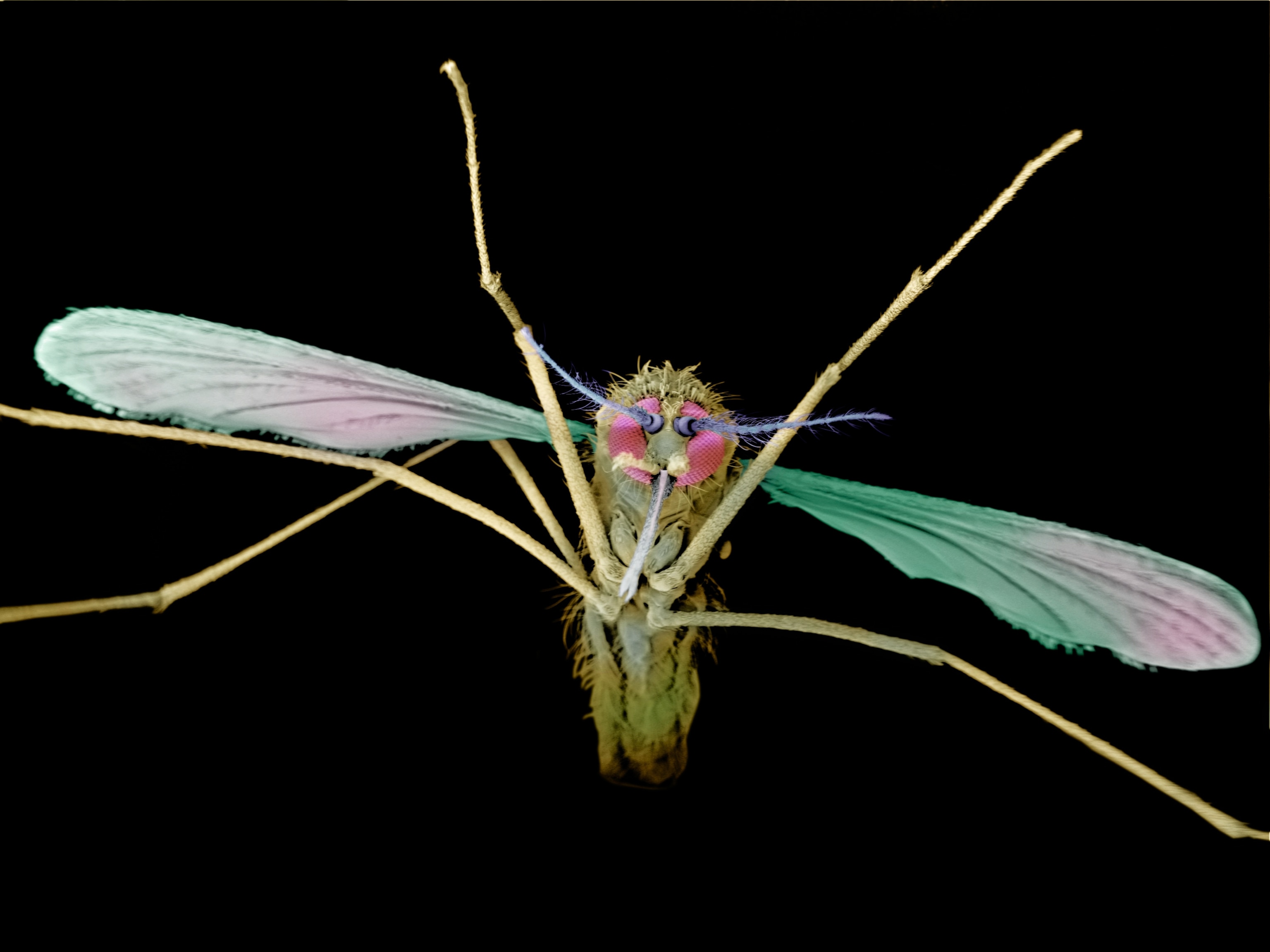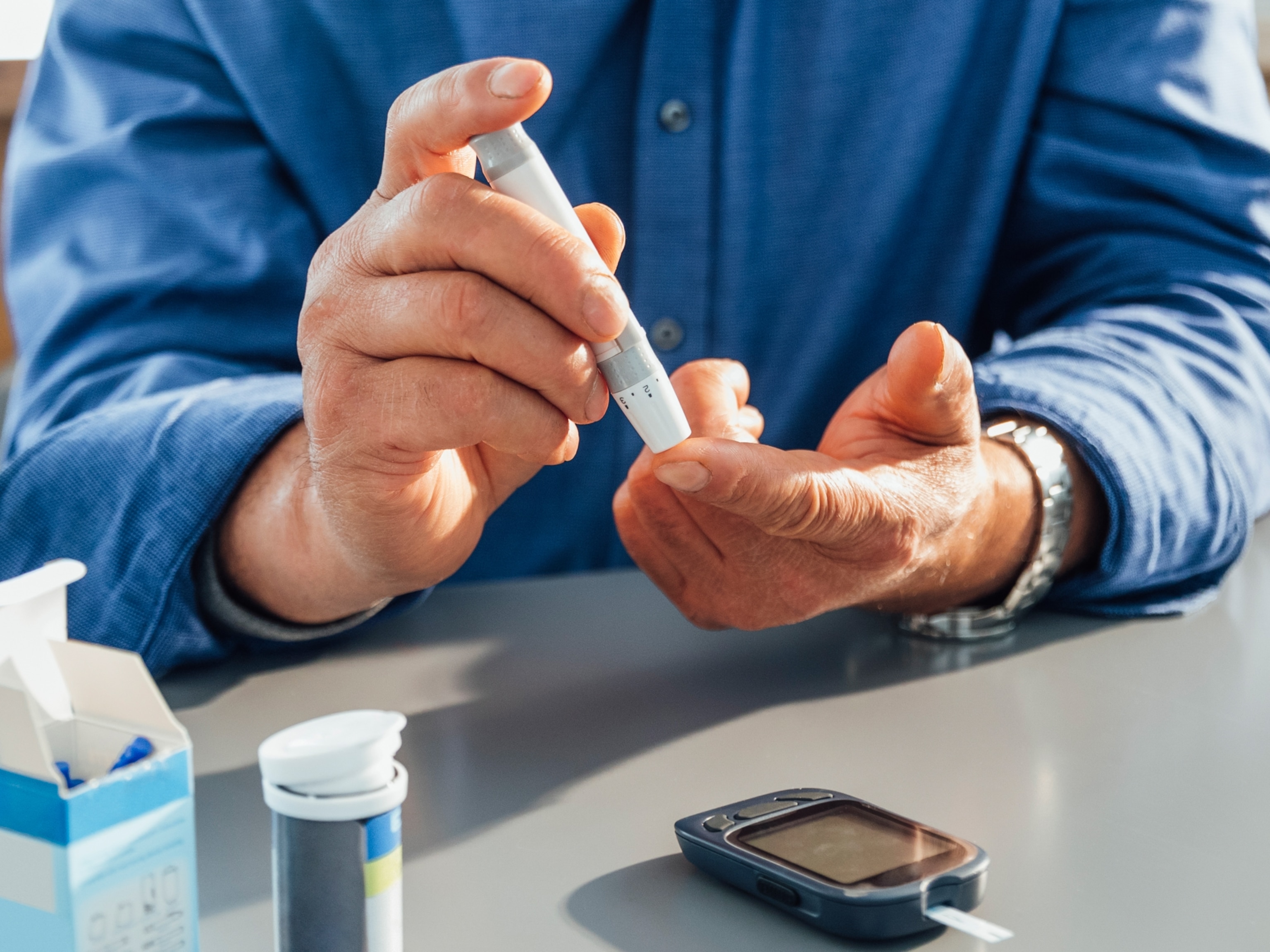
How 'Talking' Corpses Were Once Used to Solve Murders
For centuries, oozing wounds were seen as proof of guilt in court—but even in death, women’s testimony was considered less credible than men’s.
From unreliable hair analysis to mishandled DNA samples, modern forensic science has seen its share of troubles. But there’s still plenty to be thankful for in the ways courts today gather evidence of a crime: Just a few centuries ago, people were convicted of murder based on the idea that a corpse would spontaneously bleed in its killer’s presence.
From at least the 1100s to the early 1800s, men and women were judged in courts across Europe and colonial America based on a test called cruentation, or the ordeal of the bier, named for the type of wagon that carried a corpse or coffin.
In such testimony, oozing knife wounds and gushes of blood from the noses and eyes of the deceased were considered proof positive of guilt. (Read about the surreal cases of famous bodies exhumed for science.)
No one knows exactly how the belief in cruentation got its start, but one of the earliest mentions on record is in the sixth century, in the epic Germanic poem Nibelungenlied. In the poem, the dragon-slayer Siegfried is murdered, and his body is laid out on a bier. When his killer Hagen approaches, the dragon-slayer’s wounds begin to flow.
The idea had already caught on by the time the poem was written, as it states that “it is a great marvel and frequently happens today that whenever a blood-guilty murderer is seen beside the corpse the wounds begin to bleed.”
Today, it’s hard to imagine that anyone could believe in dead bodies bleeding on cue. For one thing, the dead normally can’t bleed for very long. Livor mortis, when blood settles to the lowest part of the body, begins soon after death, and the blood is “set” within about six hours, says A.J. Scudiere, a forensic scientist and novelist.
“During this time, the body won't really bleed; it might ooze,” she says. Plus, blood clots and thickens after death. (Find out about a recently developed technique that can tell a person’s age range from crime scene blood.)
So, what did people see that convinced them? It’s possible that if a body had been dead long enough, the early stages of decomposition may have produced a liquid called purge fluid that can build up in the lungs. Then, when someone poked or jostled a body brought forth for a trial, some of this fluid could have leaked from the nose or other orifices.
But people didn’t practice cruentation because of science; they believed in literal courtroom miracles. The ordeal of the bier was just one of several divine interventions used as tangible evidence.
There were ordeals by water, including the famous test in which witches float and the innocent sink. In ordeals by fire, suspects were forced to hold or walk over hot iron. They were deemed guilty if God didn’t heal the wounds within three days.
Such trials weren’t confined to small towns or backwater provinces: No one less than King James I of England was a firm believer in cruentation.

King James is more famous today for his version of the Bible. But in 1597, more than a decade before his Bible was published, the king wrote a treatise on demons and sorcery called Daemonologie, in Forme of a Dialogue.
The king was obsessed with the occult, and witches in particular, having flushed out a coven of at least 70 witches in 1590 as King James VI of Scotland. The witches were tortured using devices like the “breast ripper”—exactly as horrific as it sounds—until they confessed. Eventually, some 4,000 people were burned at the stake in Scotland’s witch trials.
In Daemonologie, the king wrote of his belief in cruentation as a way to mete out justice:
“In a secret murther, if the deade carcase be at any time thereafter handled by the murtherer, it will gush out of bloud, as if the bloud were crying out to the heaven for revenge of the murtherer, God having appoynted that secret super-naturall signe.”
Oddly though, it was mostly men’s dead bodies that had some crying out to do. In her newly published Master’s thesis, historian Molly Ingram of the University of Oregon examined accounts of cruentation, many from early pamphlets and broadsheets describing murder trials.
Notably, women were rare in accounts of bleeding corpses—except as the accused killers. Women’s testimony was also largely missing in accounts of court proceedings.
“Female speech was considered less credible than male speech,” Ingram says.
Ingram also studied historical records describing possession by demons, which were thought to mostly possess weaker female bodies. She found that the real women’s speech was sometimes trusted less than that of the male demons who supposedly possessed them.
“I don’t think it’s surprising that there was a difference,” Ingram says, given the misogyny of the times. “What was more surprising was that no one seemed to notice this or talk about it” in today’s descriptions of the practices.

In one rare account of the ordeal of the bier being applied to a woman, a Maryland man named Thomas Mertine was accused of beating his female servant Catherine Lake to death in 1660.
“There was noe issue of bloud from the Corps,” the court stated, confirming what the jury seemed to have already decided: Despite the testimony of three servants who saw Mertine beat her, Lake had died not from the beating but of an ailment called “fits of the mother,” akin to hysteria. The master walked free.
Even into the early modern era, when Christopher Columbus reached the New World and the Renaissance blossomed, people still relied on magic and miracles to inform legal disputes. “The world remained an enchanted place,” Ingram says.
Most forms of trial ordeal died out in the 16th century, but cruentation hung on for a while longer, and Ingram suspects it may have been more trusted because it was linked primarily to men rather than women.
Thankfully, you see "talking" corpses in use today only in art and plays. At the start of Shakespeare’s Richard III, for instance, the hunchbacked Richard (then Duke of Gloucester) has killed King Henry VI.
His fellow noble and future wife Lady Anne Neville accuses him of this treachery when he approaches her on her way to bury the king, and the corpse begins to bleed:
"Oh Gentlemen, see, see dead Henries wounds, Open their congeal’d mouthes, and bleed afresh. Blush, blush, thou lumpe of fowle Deformitie: For ’tis thy presence that exhales this blood."







